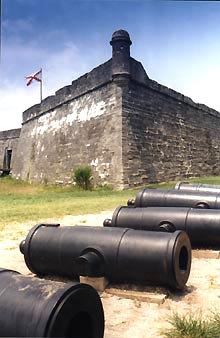INTRO: Sometimes the locations you choose for your film are the primary reason or motivation for your characters. Characters may have worked very hard to get where they are in their lives, or they may have found themselves there by accident. If this is a horrible place, this may leave scars on both the inside and the outside of your character. Is this a place that will ever be seen again? Is this a place that the character will come back to time and time again? Is this place significant? Is the character comfortable there? When creating and choosing a particular location in your film keep all these elements in mind.
| ||
Scenes & Locations | ||
Part A: Location of the Location: Where in the world is this place? Like people, places respond to outside influences, change with time, and can have certain moods. Is your character welcome there, and if not, why? Do they stand out, and if so what are the repercussions? For instance, if your character is part of some visible group from outside the area, like a race or social class, will he be asked to leave? Locations are a very important tool in foreshadowing what might happen to the place itself if it enters a state of change. If the city that your character is in is experiencing a revolution, violent plot or not, there will be a lot of things running through you character's mind.
Part B: Size of the Location: One of the first things that may change your characters view of a place is the size of the area. If the area is normal, like a street or a park, then perhaps it won't play as large a part in influencing your character. But, in the case of a more interesting plot, change the size of the place. Then you can see what happens to the character when encountering this space. Remember that physical dimensions are very important to most people's sense of security. A very large area, like a space ship that goes on forever or a forest that stretches off in front of a lost party of travellers can give a feeling of desperation, fear, helplessness, or just plain disorientation. On the other hand, if the space is very small, like a box or a room with no windows, this will become very threatening. Think of a prison cell, and a character doomed to spend his days seeing the same four walls for years and years. Part C: Shape of the Location: A person's eyes define the shape of the area around them. If a location has a mood, and your character is aware of that mood, then the shape of that place may help to define and and create this mood. It could be very simple; a location covered in spikes and blades will say something for fear or pain. Places shaped with right angles and vaulted ceilings may say something in the way of loneliness or latent hostility. All of this depends on how one designs the area. Architecture is usually key to the shape of a space.
Part D: Purpose of the Location: The most important thing about a location is why it is a location at all. All places, even those created naturally, have a purpose in a narrative. What motivates you as a writer to send characters into a location? Natural locations sites are very subtle in their purpose, as the force that created them is most likely nature herself. Perhaps in a moment solitude, the character finds a moment of solace and joy, or perhaps this area is cruel, pointing out the frailty of human nature. Still, one sees that how the area was created impacts heavily on those in it. For human constructed locations, this becomes even more important. Is this location abandoned and it's purpose is hiding under layers of time and material, waiting to be discovered. Is this place still being used, and is its use apparent to those using the area. For instance, a person might live in a basement apartment comfortably for years unknowing that the area was made specifically to detain victims for some evil purpose. What would happen if it's history were revived?
| ||||
| © 2000 Copyright Rivalquest New Media |



